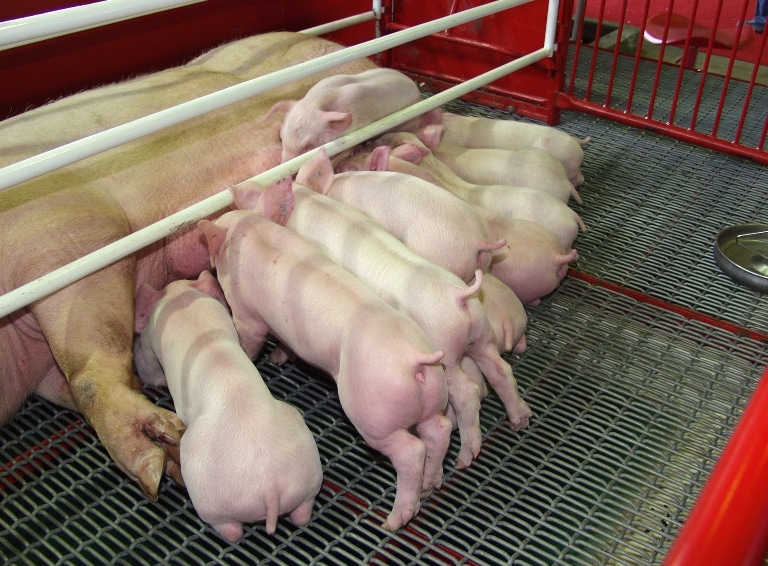Recent changes in feed and hog pricing for 2018 have put producers back into a tight margin situation projected to the end of the year.
August 31, 2018

Source: Manitoba Pork
Manitoba Pork has worked with MNP, an accounting and consulting company, to develop different model farms to generate cash flow projections and trial balance sheets and provide some insight into the economics of the industry. Remember that these are an informed estimate of the cost of production for different systems; every producer will have different numbers for their particular situation. Manitoba Pork encourages producers to create their own comparative numbers, and obtain professional advice on how best to interpret the results.
As of Aug. 17, MNP notes that recent changes in feed and hog pricing for 2018 have put producers back into a tight margin situation projected to the end of the year. This shouldn’t be unfamiliar territory, as it’s where producers have been three of the last five years. Although there might be some relief in feed costs, the hope of $2.50 per bushel corn to fix profitability is probably not on the horizon.
Farrow-to-finish (600 sows)
Feed cost is often the first number we circle, as it makes up such a large portion of farrow-to-finish and grower/finisher costs, but it is sometimes the effect, not the cause. Small changes in sow productivity and barn flow efficiency can have a major impact on profit margins and feed usage. Also of utmost importance is hitting the core of the grid on as many pigs as possible, to maximize the end dollar value.
Most Manitoba hog barns were built for lower productivity and shipping weights. Average carcass weights have increased 7 kilograms since 2010. Keep this in mind when considering what the best flow is for your operation. Pigs weaned per sow is a good metric, but if it means crowding in the finishing barn, it may be costing you efficiency and ultimately dollars in the end. The solution may be less sows or looking for ways to expand your finishing barn.
Farrow-to-finish: Monthly cash flow to Dec. 31
Farrow-to-finish: Projected financial statements to Dec. 31
Farrow-to-finish: Cost of production summary, 2009-18
Sow-isowean (1,500 sows)
Isowean profitability models are based on the U.S. cash market adjusted for freight. This price on an annual basis has been relatively consistent over the last four years. Individual producer contracts may be based off of a different formula price. Sow health and productivity, probably more than cost control, will be the driver of profitability for these types of operations.
Sow-isowean: Projected financial statements to Dec. 31
Sow-isowean: Cost of production summary, 2008-18
Finisher (6,000 finisher places)
Finisher barn cost of production continues to be the most challenged from a profitability model. The model is based off of U.S. cash prices, whereas producers may be able to secure more favorable pricing terms on long-term supply contracts. For all-in, all-out finisher operations, feed efficiency and shipping performance will be two of the most significant drivers of profitability, like the farrow-to-finish operation.
Finisher: Projected financial statements to Dec. 31
Finisher: Cost of production summary, 2009-18
Assumptions for each of the models
Cost of production summary, 2009-18
Click here to read the full report from Manitoba Pork.
You May Also Like



